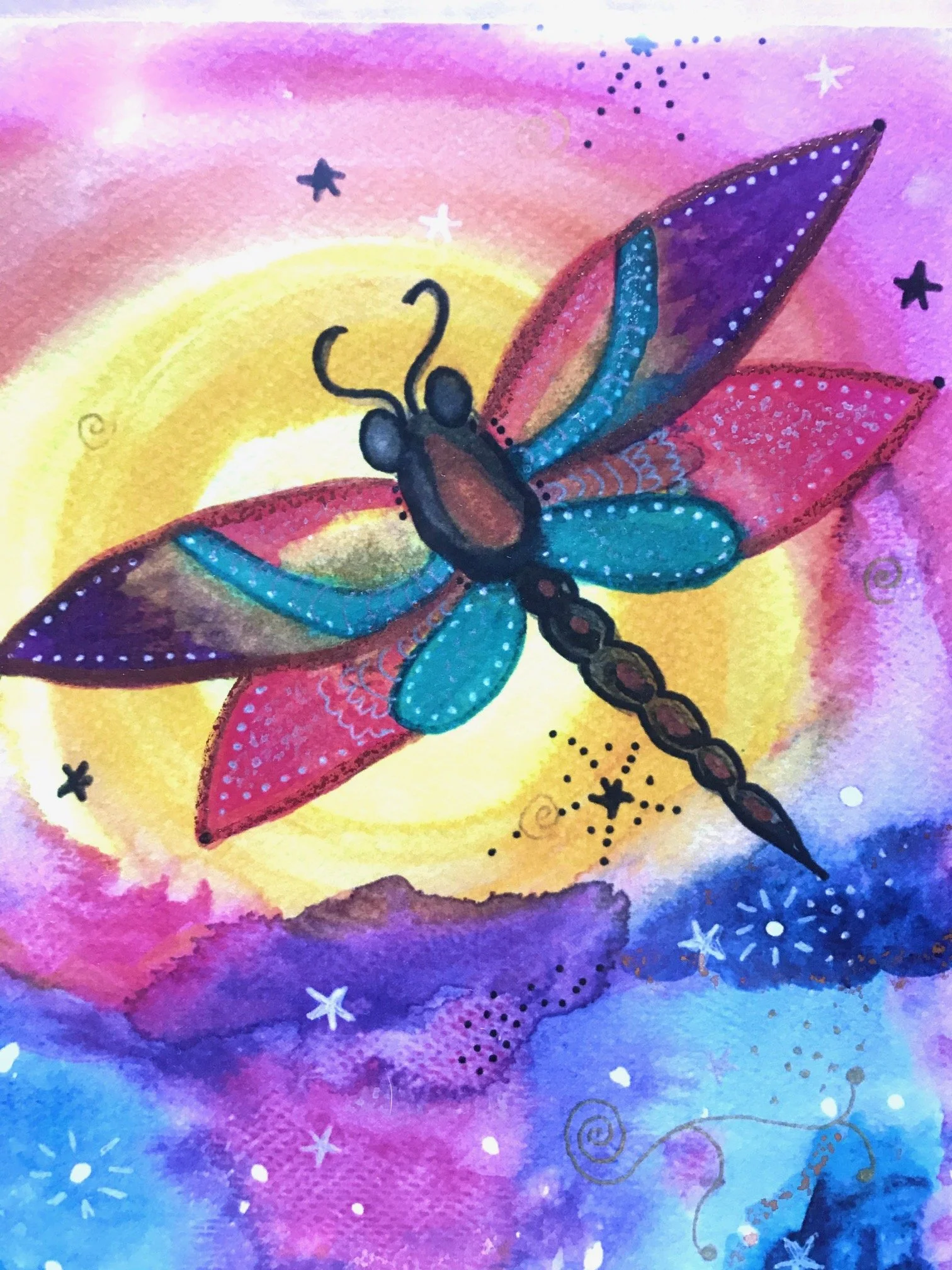Exploring the Diversity of Flora and Fauna in the UK
In Summer, the U.K. transforms into a vibrant tapestry of life during the summer season. From the meadows adorned with blooming wildflowers to the buzzing insect life that fills the air, the UK's flora and fauna come alive with an abundance of color and activity. In this blog post, we'll embark on a journey through the diverse and enchanting world of summer flora and fauna in the UK.
Blooming Wildflowers: A Riot of Colors
Summer in the UK is a time when meadows, gardens, and hedgerows burst into life with a riot of colors. The landscape becomes adorned with a stunning array of wildflowers, each offering nectar to pollinators and a visual feast for the eyes. Some of the UK's iconic summer wildflowers include:
Common Poppy: With its vibrant red petals, the common poppy is a symbol of remembrance and a striking summer wildflower.
Foxglove: The tall spires of foxglove, with their bell-shaped flowers, attract bees and hummingbirds and add a touch of elegance to woodland clearings.
Meadow Buttercup: The cheerful yellow blooms of the meadow buttercup are a common sight in meadows and grassy areas across the UK.
Lavender: Lavender fields, particularly in counties like Kent and Surrey, offer a sensory delight with their fragrant, purple blooms.
Bluebells: While they bloom primarily in spring, bluebells can still be found in woodlands during early summer, creating a carpet of blue beneath the trees.
Bustling Insect Life:
The warmth of summer awakens a diverse array of insect life in the UK, filling the air with a symphony of activity. These tiny creatures play vital roles in pollination, food chains, and ecosystem health. Some notable summer insects include:
Butterflies: Species like the Peacock, Red Admiral, and Painted Lady grace gardens and countryside with their vibrant wings.
Bees: Bumblebees, honeybees, and solitary bees diligently collect nectar and pollen from summer flowers, contributing to crop pollination.
Dragonflies and Damselflies: These colorful and agile insects can be spotted around ponds and water bodies, showcasing their impressive flight skills.
Ladybirds: Gardeners' allies, ladybirds help control aphid populations by feasting on these plant-damaging pests.
Grasshoppers and Crickets: Their rhythmic chirping provides a quintessential summer soundtrack in grassy fields and meadows.



